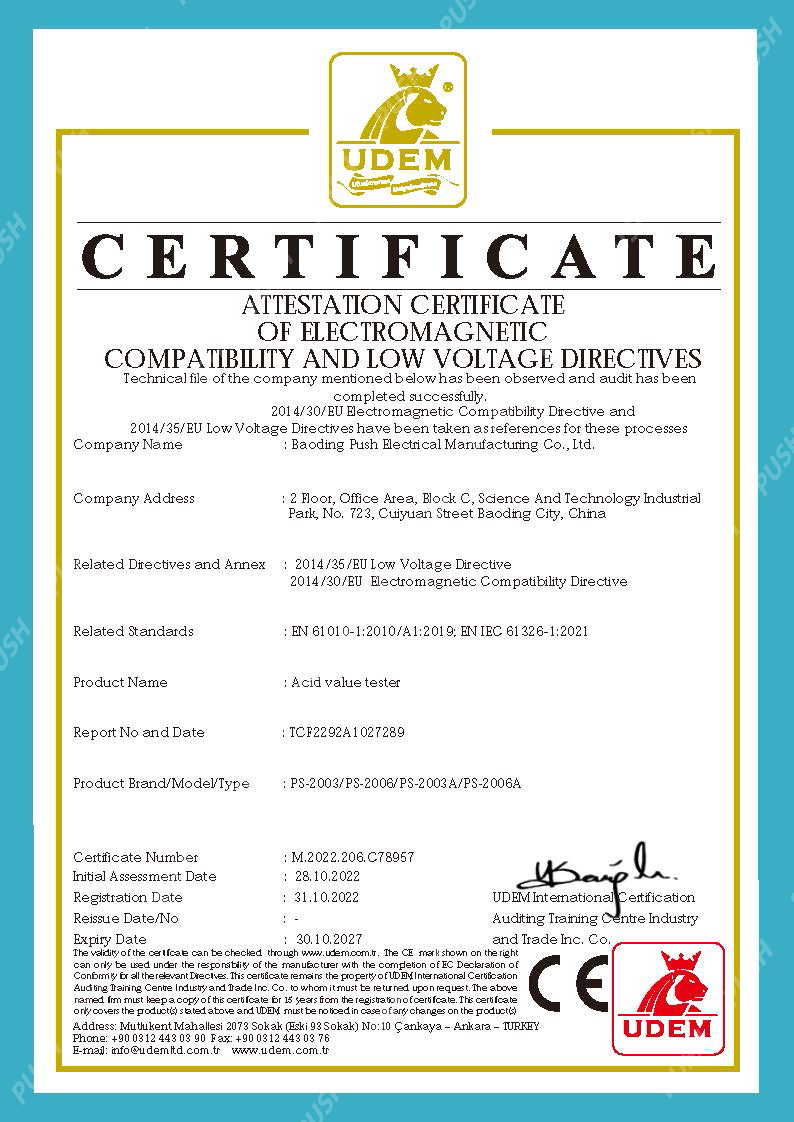 English
English


Magnetic Balance Testing Procedures for Dyn11 Transformers in Power Systems
Magnetic Balance Test of Dyn11 Transformer
Transformers are critical components in electrical power systems, and their reliability and efficiency directly affect the performance of the entire electrical grid. Among various types of transformers, Dyn11 transformers, which feature a Delta-Wye (DYn11) connection, are widely used in distribution networks due to their ability to handle unbalanced loads and manage phase shifts effectively. One essential diagnostic test that ensures the proper functioning of Dyn11 transformers is the magnetic balance test.
Understanding the Dyn11 Configuration
The Dyn11 transformer is distinguished by its connection configuration, with the primary side connected in a delta configuration and the secondary side connected in a star (wye) formation. The 11 denotes the phase displacement between the primary and secondary windings, indicating a phase shift of 30 degrees. This configuration not only assists in balancing loads but also minimizes the harmonic distortion and improves voltage regulation.
Importance of the Magnetic Balance Test
The magnetic balance test is performed to assess the integrity of the transformer’s core and ensure that it is operating as intended. This test helps in identifying issues such as core saturation and winding faults, which can lead to operational inefficiencies or failures. By analyzing the magnetic balance, engineers can ascertain whether the transformer is correctly magnetically coupled, providing a vital indication of the unit’s overall health.
Test Procedure
Conducting a magnetic balance test involves several steps
magnetic balance test of dyn11 transformer

1. Preparation Before initiating the test, it is essential to disconnect the transformer from the electrical grid to prevent any interference. Safety measures should be observed to protect personnel and equipment.
2. Equipment Setup Additional testing equipment, such as a wattmeter or ammeter, may be required to measure current and power consumption during the test. Connections should be securely established to avoid any erroneous readings.
3. Power Application A low voltage AC source is applied to the primary or secondary winding, typically at a predetermined voltage level suitable for testing without damaging the transformer.
4. Observation of Readings During the test, the currents in each phase are measured. The objective is to ensure that the magnetic balance is maintained across all phases, indicating that the transformer is functioning appropriately. Ideally, the currents should be equal, and any significant deviation could signal a problem.
5. Analysis of Results After completing the measurements, the readings are analyzed. The percentage imbalance is calculated, with values ideally close to zero. If the imbalance exceeds acceptable limits, further investigation is warranted to identify and rectify any faults.
Conclusion
The magnetic balance test is a crucial tool for maintaining the reliability and efficiency of Dyn11 transformers. By identifying potential issues early, operators can prevent costly outages and ensure optimal performance. Regular testing and monitoring not only extend the lifespan of transformers but also enhance the overall stability of the electrical grid. As electrical systems become increasingly complex, the significance of thorough diagnostic practices like the magnetic balance test cannot be overstated. By investing in routine assessments, utilities and engineers can safeguard their investments and provide consistent, reliable power to consumers.
-
Differences between open cup flash point tester and closed cup flash point testerNewsOct.31,2024
-
The Reliable Load Tap ChangerNewsOct.23,2024
-
The Essential Guide to Hipot TestersNewsOct.23,2024
-
The Digital Insulation TesterNewsOct.23,2024
-
The Best Earth Loop Impedance Tester for SaleNewsOct.23,2024
-
Tan Delta Tester--The Essential Tool for Electrical Insulation TestingNewsOct.23,2024





